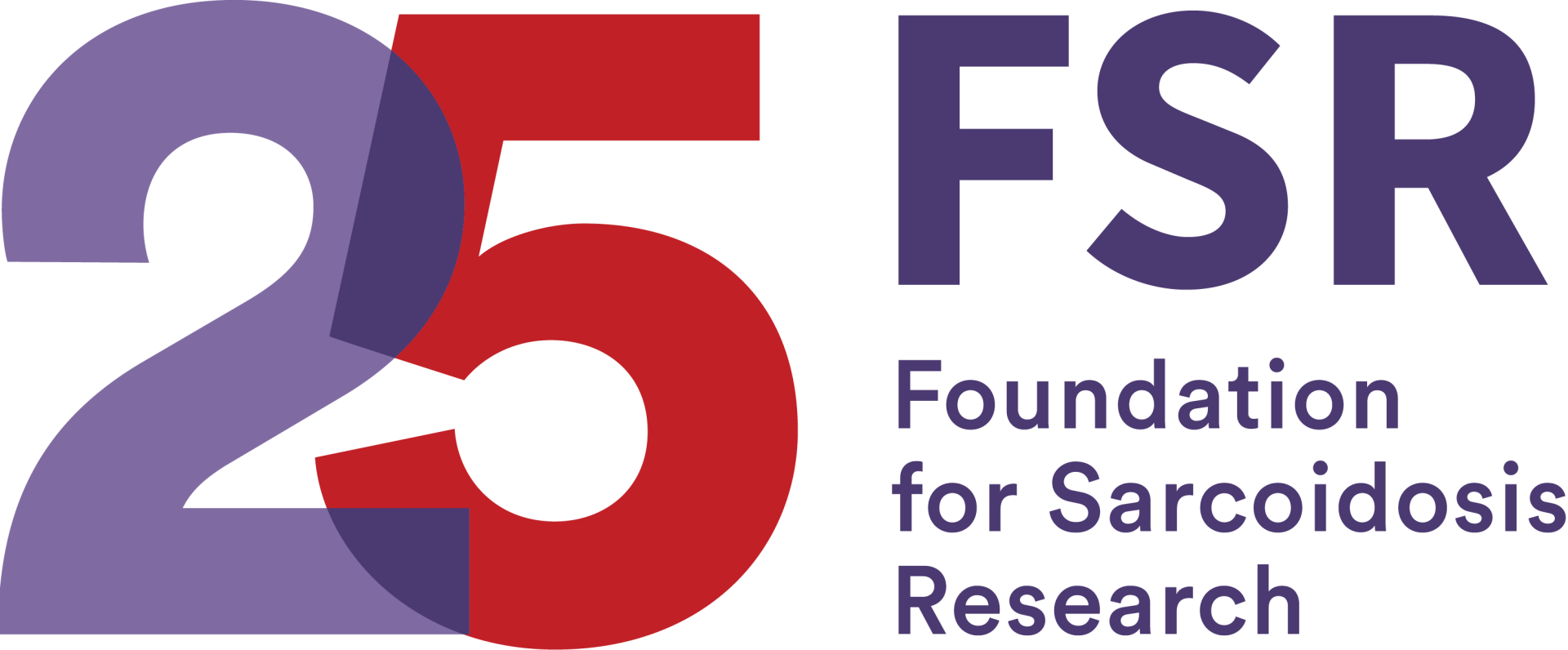Below are excerpts from an article written by Dr. Lesley Saketkoo, MD, MPH called “Mind and Body Strength” Gentle Listening to the Softening Breath.” On December 8th, 2016, FSR cohosted a webinar with Inspire and the Scleroderma Foundation, hosted by Dr. Saketkoo. She spoke on mindfulness and chronic illness: the webinar is called “Managing chronic illness symptoms and living better through mind body strength.”
Watch the recorded version of the webinar
Living with a chronic illness is one of the greatest challenges with which a human heart, mind and body may have to contend. Ability and energy constantly fluctuate and may become less and less available. Symptoms such as pain, difficulty moving or breathing – and treatment side effects – can seem impossibly intrusive while trying to live as we expect to live – as we thought we were entitled to live. At times, it is a struggle to be able to enjoy the most precious people in our lives; as well as manage the ensuing guilt of not being able to connect – and of the shifting dynamics of our relationships as dependence and independence continuously vie for “new normals”. The toll that worry, helplessness and possible grief are having on our loved ones may be the most discomforting aspect of chronic illness. How can we model and impart strength to loved ones who witness changes in our ability and perhaps even our loss?
……
So, amidst torrents of anxiety and rushes of impending loss, how do we find any peace? Any pockets of calm where we sit well inside of ourselves? Any expanses of ease where we’re able to bask in the bliss and love of those we love? Where can we align with inner resources and stamina to adjust to new levels of ability? How we can find some reprieve from overwhelming pain, nausea, fear or depression?
I don’t know – but experiences tell me there may be deep strength in softening and vulnerability. Something already available to and used by most of us – but often haphazardly. These strategies have helped me (and my family) recognize and follow the threads of discomfort back to our best possible selves – a stronger sense of peace while remaining engaged and responsive to the situation at hand. These are techniques that I explored with my dad, share with my patients, and teach to healthcare professionals and medical students. These techniques are scientifically evident and for decades supported by billions of government research dollars – but often lie outside the purview of standard treatment. These are known as “mindfulness-based techniques”. These techniques allow attention to fall on the interface of body sensations with the breath; providing relief from a chaotic or painful mind experience. Mindfulness-based techniques have been used for cancer and chemotherapy-related symptoms for more than a decade; are an effective treatment for fatigue, nausea, insomnia, anxiety, depression, pain and post-traumatic stress, as well as, addiction medicine such as for weight loss, smoking cessation and freedom from substance abuse. Recent studies describe neuroimmunological effects of stress even to the level altering DNA; with these DNA alterations protected against by mindfulness practices. Mindfulness practice is most often associated with meditation. Meditation is not the blocking out of sounds, the rest of the world, thoughts or emotions. Meditation is probably best described as noticing or perhaps quiet listening. It is a non-denominational activity. Dedicated quiet listening is the most robust way to strengthen one’s “mindfulness muscle”. Meditation can involve various techniques of breathing and visualization. However, setting aside time for dedicated meditation or learning complex techniques is often not feasible – and initially, it can be scary to ‘be alone’ with oneself. I teach an adapted version of mindfulness; a series of “on the spot” techniques that gradually introduce mindfulness throughout the course of a day. This version has demonstrated durable effects on stress, depression and anxiety in our medical students. Mindfulness is comprised of four pillars: noticing the breath and body sensations, noticing strong emotions and the mind’s reaction to strong emotions. Noticing the body sensations that emotion creates provides us with a physical anchor. The breath’s gentle movement subtly changes that sensation and helps us be quietly grounded. The mind’s healthy focus is displaced when it reacts to strong emotions (shame, disappointment, fear, anxiety, loneliness, anger etc.) by creating unhelpful, distracting or overwhelming thoughts of past or future events. Unhelpful thoughts crowd the mind, taking space from potentially happy, constructive, peaceful and productive thoughts. Recognizing the “runaway brain” breaks the cycle; allowing the mind to rest on the physical sensations of the gentle breath.
